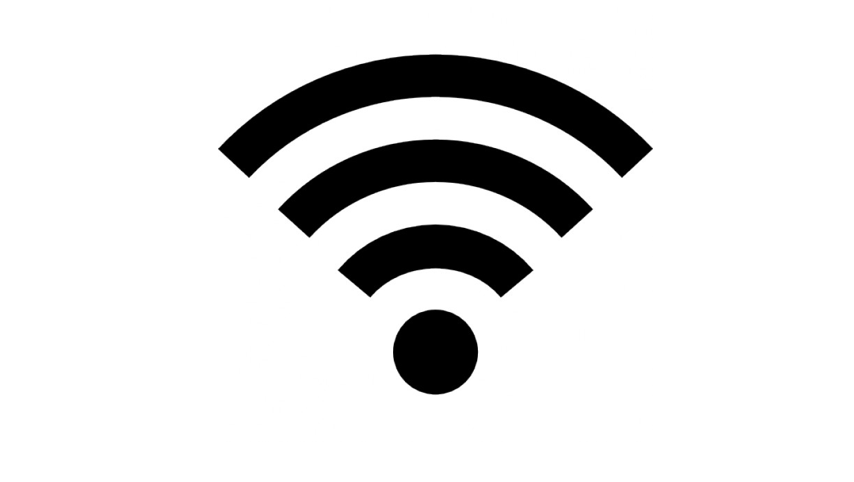Researchers at Eindhoven University of Technology have developed a new wireless network based on infrared rays.
Regular wi-fi uses radio signals with a frequency of 2.5 or 5 gigahertz. The new infrared system proposed by PhD student Joanne Oh uses light with wavelengths of 1500 nanometers and higher – offering huge capacity.
The system could be simple and easy to set up, the researchers say. Using central ‘light antennas’, which can be mounted on the ceiling, rays of light would be supplied via an optical fiber.
As there are no moving parts, the system wouldn’t require maintenance or power.
 According to a news release by Eindhoven University of Technology:
According to a news release by Eindhoven University of Technology:
“Since there are no moving parts, it is maintenance-free and needs no power: the antennas contain a pair of gratings that radiate light rays of different wavelengths at different angles (‘passive diffraction gratings’).
“Changing the light wavelengths also changes the direction of the ray of light.
“Since a safe infrared wavelength is used that does not reach the vulnerable retina in your eye, this technique is harmless.”
There would be no interference either, the researchers say. This is because if you move around with your device to an area out of the light antenna’s line of sight, another light antenna takes over.
“The network tracks the precise location of every wireless device using its radio signal transmitted in the return direction. It is a simple matter to add devices: they are assigned different wavelengths by the same light antenna and so do not have to share capacity. Moreover, there is no longer any interference from a neighboring wi-fi network.”
Limitations
As Android Authority points out, there are “some issues using this method”, such as the inability for infrared light to go through walls like standard Wi-Fi signals – this means a base antenna would be needed in every room of a house- and the fact that the proposal only tested download speeds, while upload speeds continue to be handled through regular radio signals.
However, despite these limitations, the research represents a promising step forward in finding a solution for faster Wi-Fi technology.
